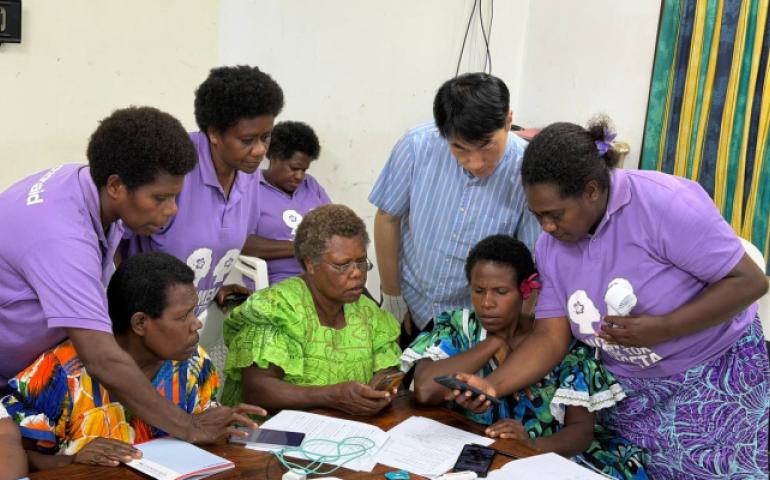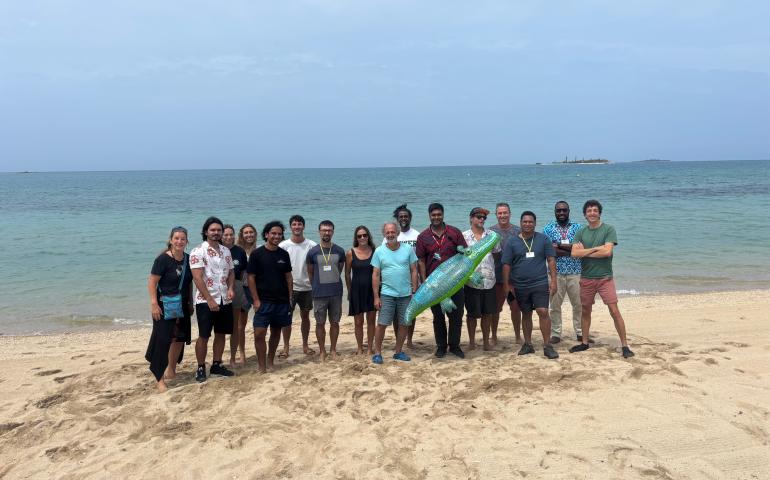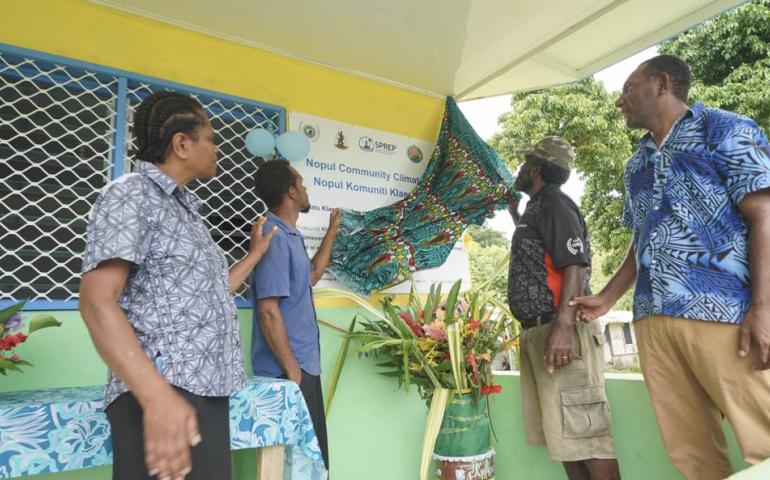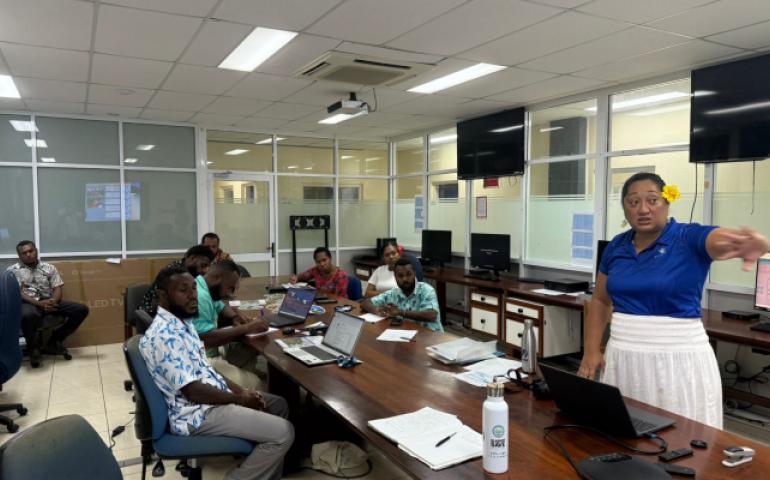Hydrology is a key focus of Pacific Met
By Repeka Nasiko of Fiji Times
17 August, 2017, Honiara, Solomon Islands, PMC-4 – WATER and hydrology services are the new priorities included in the reviewed Pacific Island Meteorology Strategy (PIMS) 2017-2026.
Presented by Secretariat of the Pacific Regional Environment Program (SPREP) meteorology and climate officer Salesa Nihmei said this key outcome called for strengthened collaboration between meteorological and hydrological services.
He said this would allow for better management of water resources and reduce the impact of water and related hazards.
“This key outcome will help align the work of meteorology services with hydrology,” he Nihmei. “And I think we have endorsed and established a hydrology working group that will look into this. There is also a new key outcome that reflects the work of the meteorological services with climate change activities.”
Mr Nihmei added that five priorities were part of the Strategy to guide the Pacific Meteorological Council (PMC) member states. The five priorities are: improved weather services, disaster reduction, improved hydrological and climate services integrated observing and communications systems and coordinated support for national meteorological and hydrological services and the PMC.
According to Mr Nihmei, during the review, the 14 key outcomes were reduced to 11. These were: improved aviation weather services, improved marine weather services and establishment of ocean services, improved public weather services, strengthened National Meteorology & Hydrology Services (NMHS) capacity to implement multi-hazard early warning systems, NMHS contribution to climate change activities, strengthen collaboration between meteorological and hydrological services to better manage water resources and reduce the impact of water related hazards, integrated observing and communication systems, NMHS institutional strengthening and capacity development, support to NMHS is coordinated and the PMC is efficient and effective via partnerships.
Welcoming the reviewed Strategy, Samoa Meteorological Services Assistant Chief Executive Officer Mulipola Ausetalia Titimaea said the draft document focused on a lot of the important issues of the PMC.
“It’s really an indication of the scope of the work that has been put into the Pacific Meteorological Services,” he said. “The priority areas are really addressing the pressing needs of the delivery of our service for the benefit of our communities.
“In saying that, we consider hydrology and water services very important issues and there was a new key outcome for water and hydrology that reflected the importance of this service. Also, the linkages we have to the climate change issues have also been highlighted in the PIMS.
“In that regard, the Pacific Island Meteorological Strategy is the overarching instrument for the Pacific Meteorological Services. The PIMS has been very much tailored and it should be a much more effective guiding document for all national meteorological services in the region." – #PMC4 #PacificMet
The Fourth Pacific Meteorological Council is being held in Honiara, Solomon Islands from the 14 – 17 August co-hosted by the government of Solomon Islands, the Secretariat of the Pacific Regional Environment Programme (SPREP) and World Meteorological Organization (WMO). This will followed by the Second Pacific Meteorological Ministers Meeting (PMMM) on the 18 of August.
The PMC and PMMM is supported by the Government of Solomon Islands, SPREP, WMO, Government of Australia through the Climate and Oceans Support Programme (COSPPac) and Pacific Australia Climate Change Science and Adaptation Planning Programme (PACCSAP), Government of Finland, National Ocean and Atmospheric Administration (NOAA), United Nations Development Programme through the Resilience in the Pacific (SIDS) project.
The PMC consists of members of the Pacific National Meteorological and Hydrological Services supported by its technical partners, regional organisations, non-government organisations and private sectors.
This article was developed by a Pacific Media Team of Reporters currently providing coverage on the Fourth Pacific Meteorological Council in Solomon Islands. This activity coordinated by SPREP is supported by a partnership between the Government of Solomon Islands, SPREP, Australia funded project (Climate and Oceans Support Program (COSPPac) and UNDP Disaster for Pacific SIDS (RESPAC) project.
The views and opinions expressed in this article are those of the writer and do not necessarily reflect the views of the Secretariat of the Pacific Regional Environment Programme (SPREP) or the United Nations Development Programme (UNDP)both of which provided funding for generating media articles.
- Log in to post comments



